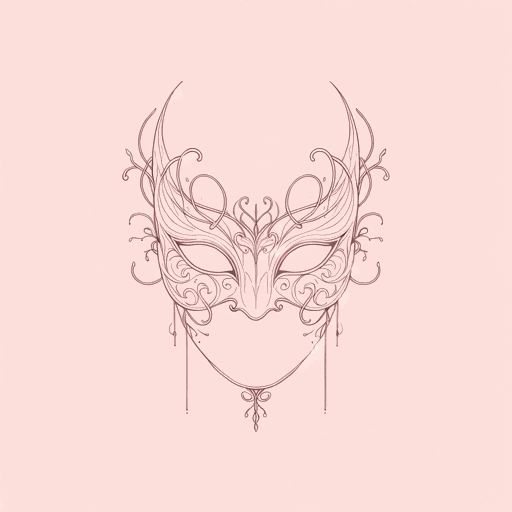70 pages • 2 hours read
Sarah J. MaasA Court of Thorns and Roses
Fiction | Novel | YA | Published in 2015A modern alternative to SparkNotes and CliffsNotes, SuperSummary offers high-quality Study Guides with detailed chapter summaries and analysis of major themes, characters, and more. For select classroom titles, we also provide Teaching Guides with discussion and quiz questions to prompt student engagement.
Symbols & Motifs
Flowers
Maas mentions flowers in connection to several characters in the novel to reveal their essential natures and to highlight the natural beauty of the Spring Court. Feyre’s sister Elain tends to a small flower garden at their cottage, even though the seeds are expensive and the garden produces nothing to eat. Feyre sees this as frivolity and irresponsibility at first, but she later recognizes that Elain was truly tending to her own hope by maintaining a sense of beauty to their home. In the Spring Court, the flowers are eternally in bloom, signifying the supernatural beauty and abundance of the faerie world.
The titular roses play a symbolic role in Feyre’s and Tamlin’s relationship. Tamlin’s rose garden is a testament to the true love between his parents, and he gives roses to Feyre in apology after his aggressive sexual advances after Calanmai. Feyre compares herself to a rose with too many thorns, implying that her insecurities and perceived deficiencies make her undesirable. Tamlin sheds a kinder light on this metaphor when he declares to love Feyre, “Thorns and all” (248), accepting her unconditionally as his mother accepted his father. Through her symbolic use of roses, Maas also references certain versions of Beauty and the Beast that feature a rose enchanted to wilt when the Beast runs out of time to break his curse.
Related Titles
By Sarah J. Maas
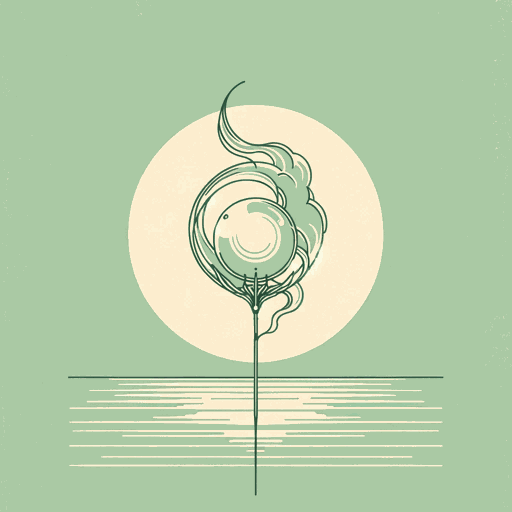
A Court of Mist and Fury
Sarah J. Maas
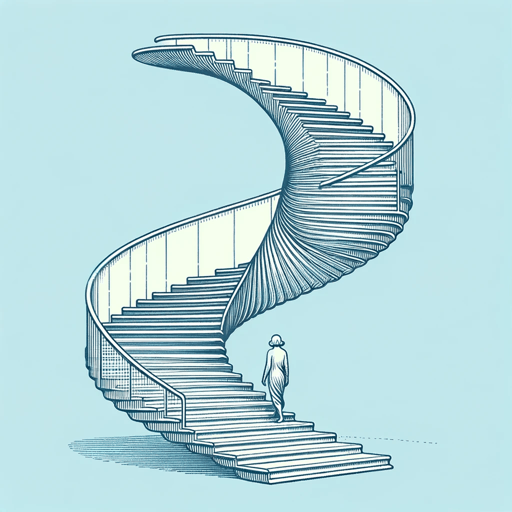
A Court of Silver Flames
Sarah J. Maas
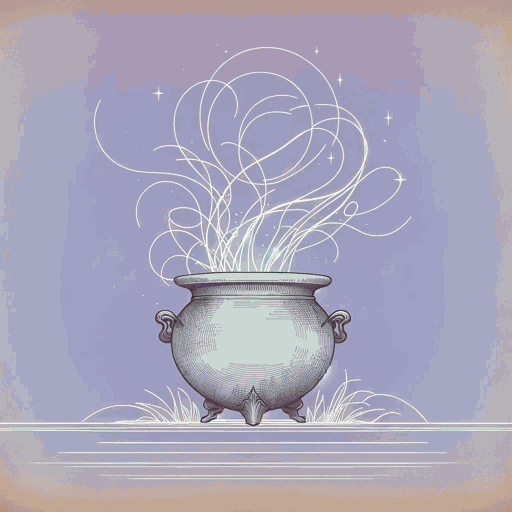
A Court of Wings and Ruin
Sarah J. Maas
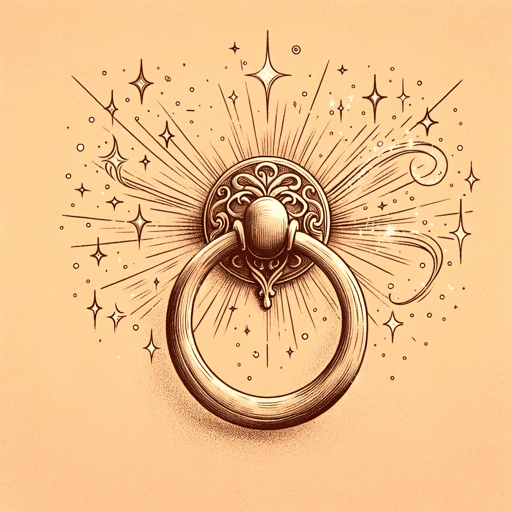
Crown of Midnight
Sarah J. Maas
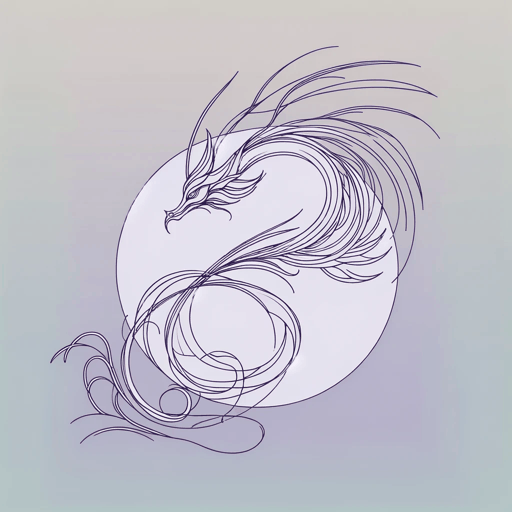
Heir of Fire
Sarah J. Maas
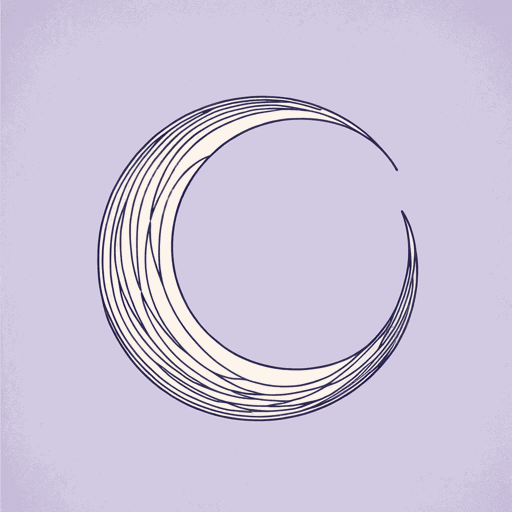
House of Earth and Blood
Sarah J. Maas
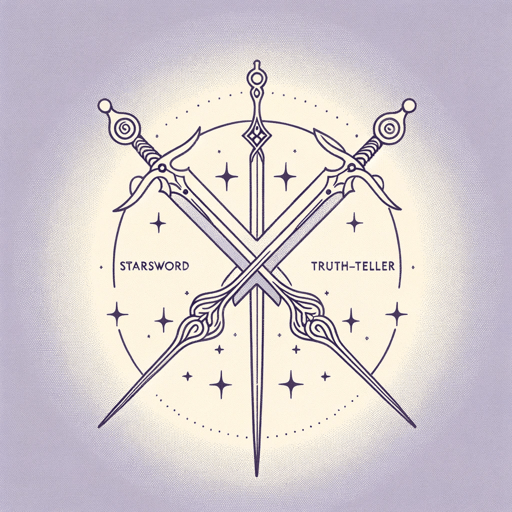
House of Flame and Shadow
Sarah J. Maas
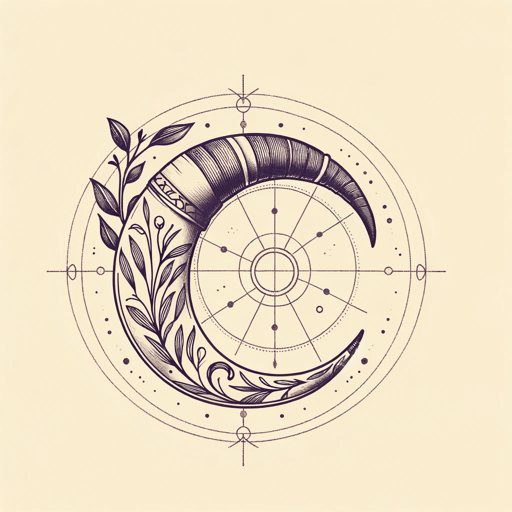
House of Sky and Breath
Sarah J. Maas
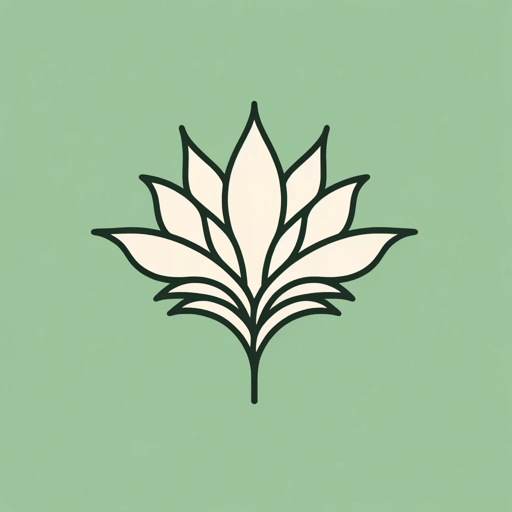
Kingdom of Ash
Sarah J. Maas
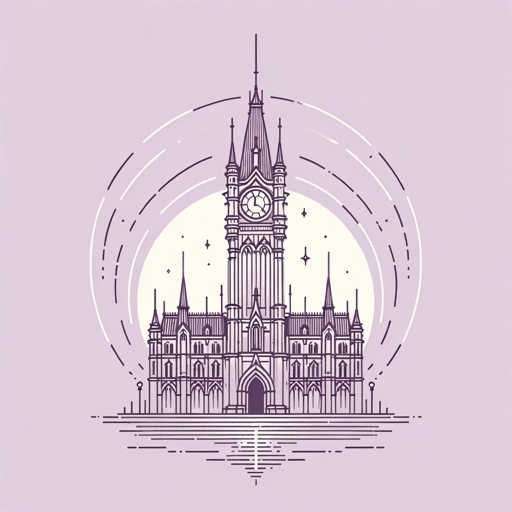
Queen of Shadows
Sarah J. Maas
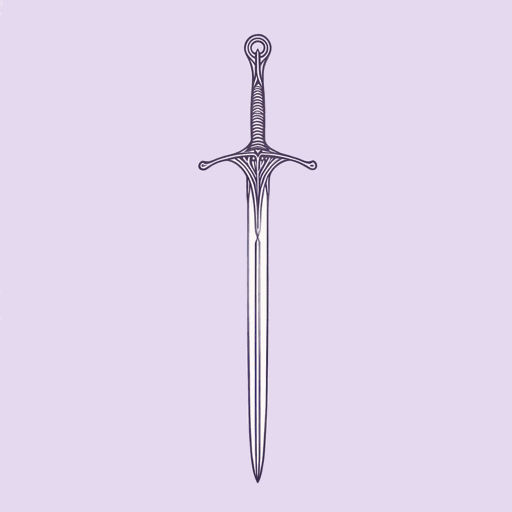
Throne of Glass
Sarah J. Maas
